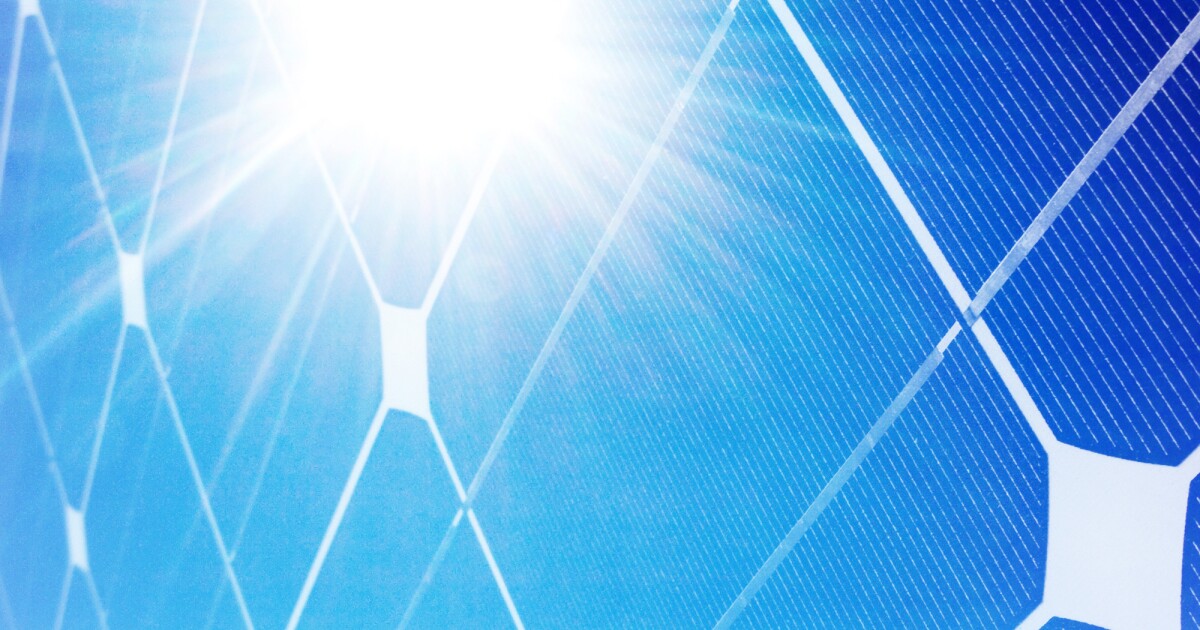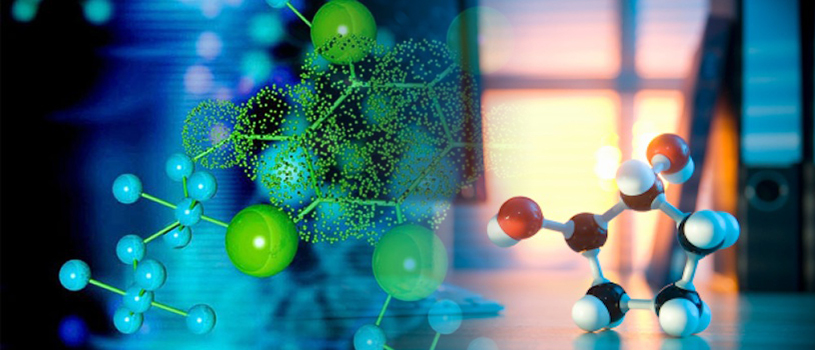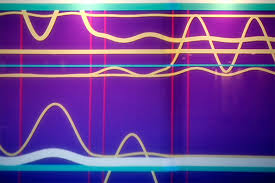
In the world of solar cell technology, perovskite materials are poised to take on the current reigning champion silicon, but their stability is holding them back. Now, scientists in China have developed a new type of hybrid perovskite.

A Saudi Arabian team has achieved a record level of efficiency with what's known as a 'tandem' solar cell: one that combines two different materials.

U.S. researchers claim to have increased the photoresponsivity of a lead-halide perovskite for solar cell applications by 250%.

A professor is reporting on a new type of solar energy harvesting system that breaks the efficiency record of all existing technologies. And no less important, it clears the way to use solar power 24/7.

Scientists keep on pushing the efficiency of solar panels higher and higher, and there's a new record to report: a new solar cell has hit 39.5 percent efficiency under the standard 1-sun global illumination conditions.

Researchers have sent perovskite and organic solar cells on a rocket into space. The solar cells withstood the extreme conditions in space which will set the foundation for future near-Earth application and deep space missions.

A new study proposes how thermoradiative technology could be used to make "anti-solar" cells that would work at night. These “anti-solar” cells could revolutionize renewable energy and make it far more proficient.

Researchers at Columbia University, U.S. have developed a way to harness more power from singlet fission to increase the efficiency of solar cells, providing a tool to help push forward the development of next-generation devices.

Physicists are pushing the performance of solar cells to levels never before reached. The ultra-high efficiency material called a tandem perovskite solar cell is being developed to help solve the world energy crisis.

For the first time, researchers have created an iron molecule that can function both as a photocatalyst to produce fuel and in solar cells to produce electricity. The iron molecule could replace the rare metals used today.

The bio-solar cell could offer a sustainable, practical power source for lab-on-a-chip devices, which integrate several laboratory techniques into one system.

Tents, sun shades, and canopies could generate renewable energy with Norway-based company's solar canvas.

Researchers have established a new world efficiency record for quantum dot solar cells, at 13.4 percent.

This could turn 5-7 billion square meters of glass alone into solar power plants, plus power your cell phone and other gadgets.

Scientists have greatly improved the operational stability of perovskite solar cells.